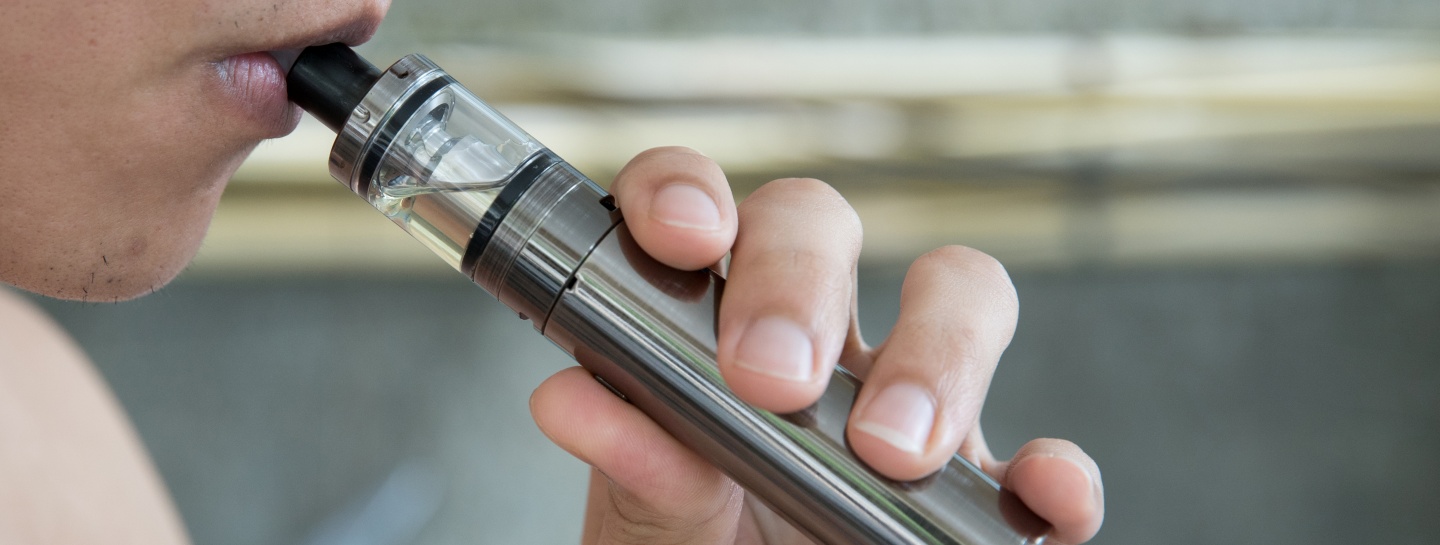
New project maps adolescents and young people’s use of nicotine products in the Nordic countries
The Danish National Institute of Public Health will examine the development in the use of e-cigarettes, snus, and nicotine pouches among adolescents and young adults in the Nordic and Baltic countries. The study aims to inspire future efforts to protect young people from nicotine addiction.
The market for nicotine products, such as e-cigarettes, snus, and nicotine pouches, has experienced significant growth over the past decade, particularly among young people. Despite a decline in cigarette smoking in many Nordic countries, including Denmark, there is growing concern that more and more young people are using these new nicotine products.
To address this, the Danish National Institute of Public Health, in collaboration with the Nordic Welfare Centre, is launching a comprehensive study to map and analyze trends in the use of these products among young people in the Nordic and Baltic regions.
The purpose is to provide an overview of how these products are gaining popularity and to identify which initiatives have proven effective in reducing this development.
“Because we in the Nordic countries broadly share similar cultures and consumption patterns, it makes a lot of sense to gain a unified overview of developments across the entire region. Additionally, we are closely connected across borders, so legislation in one country can easily influence consumption in another. For example, Danish adolescents can easily purchase snus online from Sweden, where it is legal, even though it is prohibited in Denmark. They can also buy nicotine pouches at a lower price in neighboring countries where the taxes are lower. Therefore, it’s essential to collaborate on effective measures that can be implemented throughout the Nordic and Baltic countries”, explains senior researcher Lotus Sofie Bast.
The study is being conducted for the Nordic Welfare Center and draws on data from over 900,000 young people in Denmark, Sweden, Norway,Finland, Iceland, as well as Estonia, Latvia, and Lithuania.
Examining what works
A key component of the study is to investigate whether there are consistent trends across countries regarding the use of nicotine products. Additionally, the mapping will identify initiatives and preventive strategies that have been most successful in reducing the number of new users of nicotine products, explains research assistant Stine Arp:
“We are examining other countries’ initiatives – what works, what doesn’t – and what might serve as inspiration to spread to the rest of the Nordic and Baltic regions. This could include everything from legislation on age limits and marketing restrictions to campaigns targeting children and adolescents. The goal is, of course, to learn from each other’s experiences and implement the best solutions to prevent more children and young people from starting to use nicotine products.”
Nicotine products have been marketed by the tobacco industry as a less harmful alternative to cigarettes. They are often characterized by sweet and fruity flavors that appeal to children and adolescents – and many of them are smokeless. This last feature makes it easy for children to hide their use e.g. for parents and teachers.
According to Lotus Sofie Bast, nicotine is not only addictive; it can also have serious consequences for brain development in children and adolescents.
“Research shows that early nicotine use can impact young people’s mental health, increasing the risk of anxiety, depression, and dependence on other substances later in life. Therefore, it is crucial that we contribute to more effective prevention initiatives – also across borders,” she says.
The study’s findings are expected to be published in early 2025.
Contact: Senior Researcher Lotus Sofie Bast, email: loni@sdu.dk, phone: +45 6550 7808; Research Assistant Stine Arp, email: stia@sdu.dk, phone: +45 2118 5985 The National Institute of Public Health, SDU